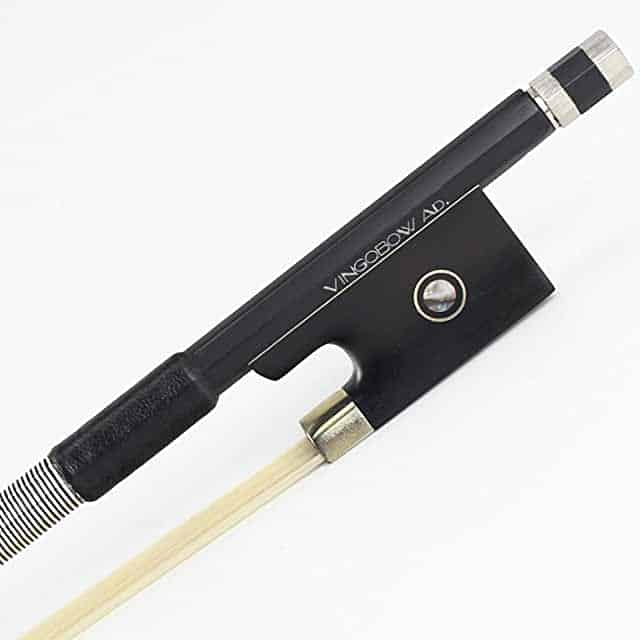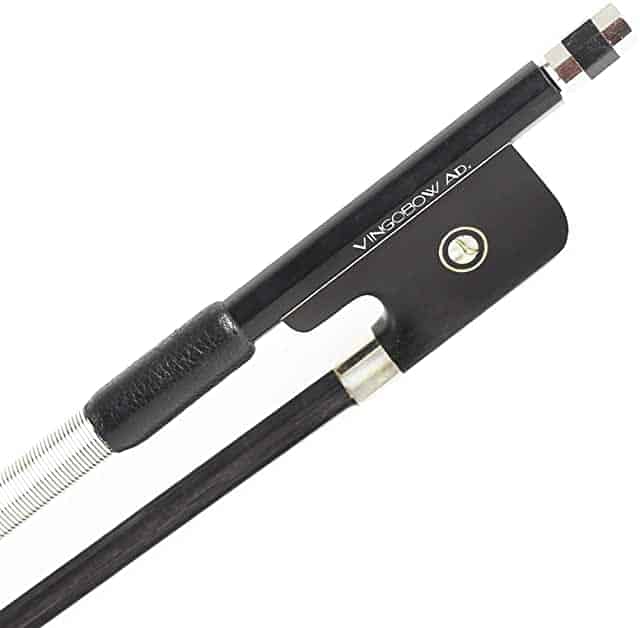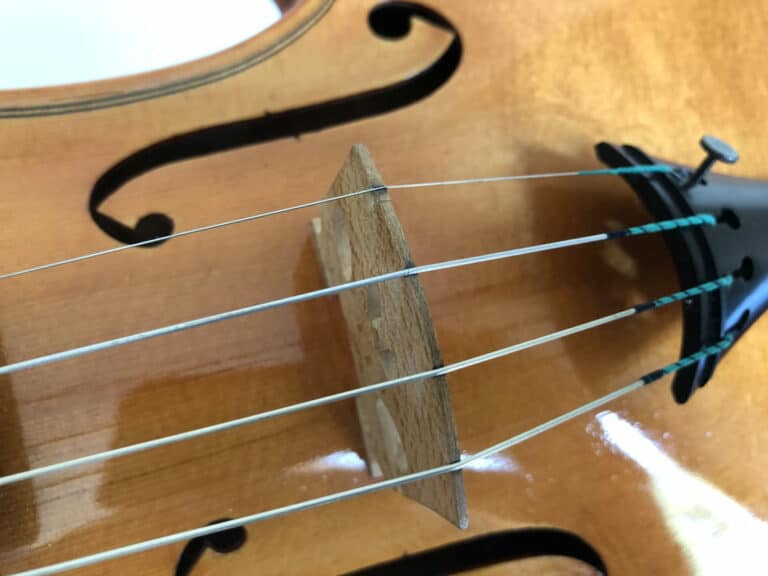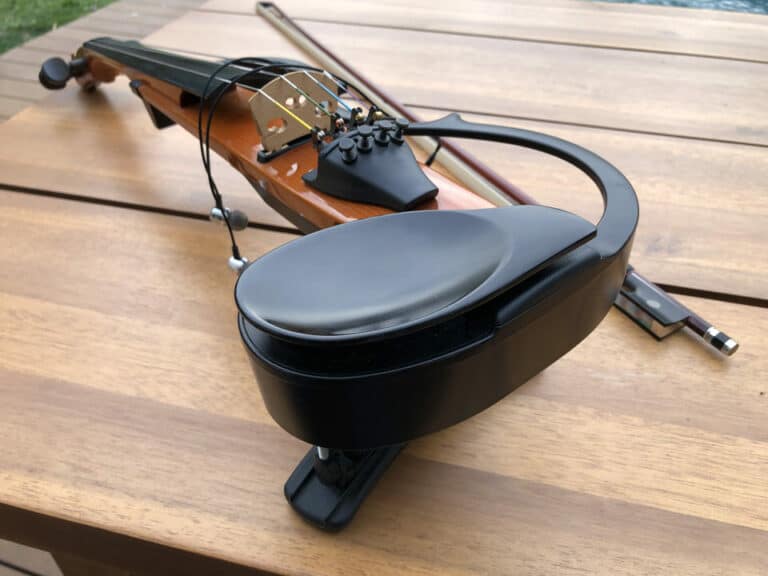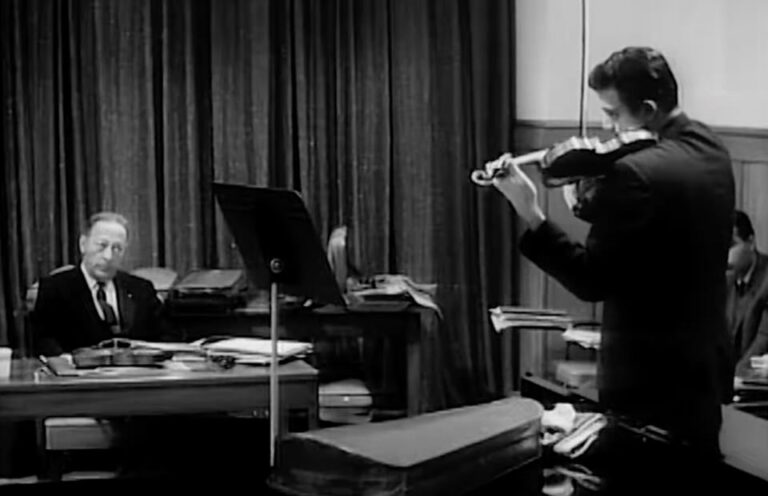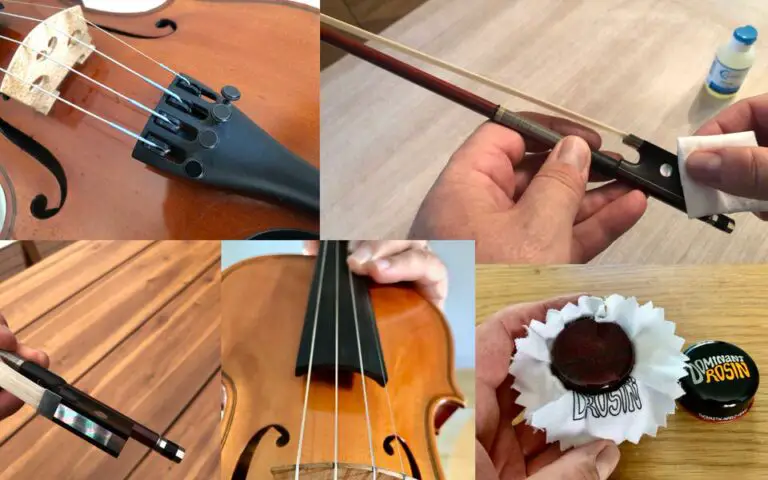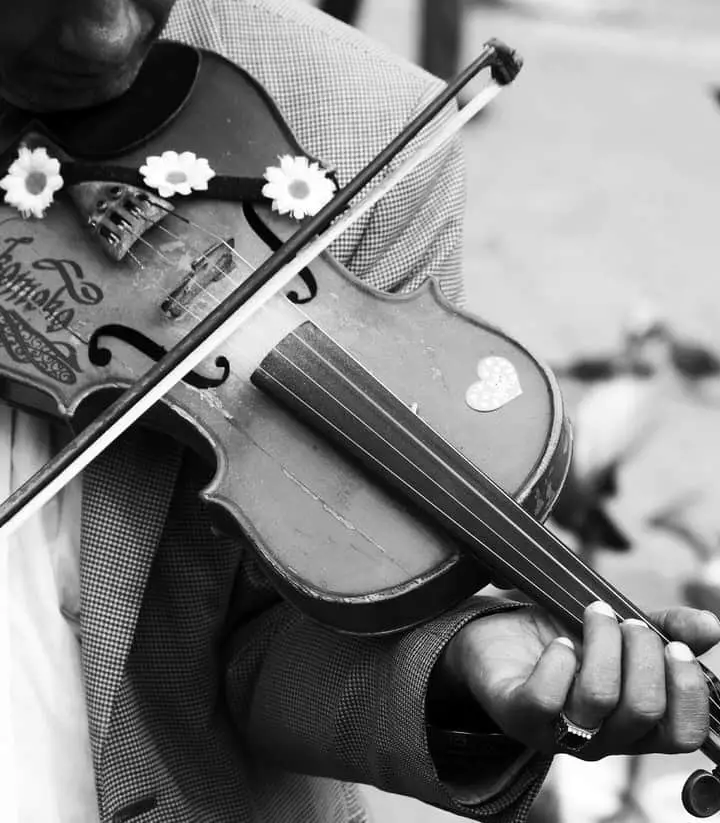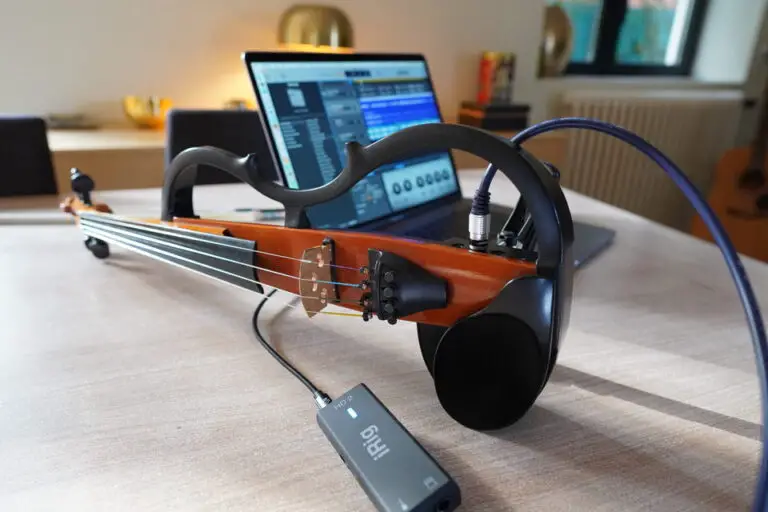What are the Differences Between a Violin and a Viola?
The viola is bigger than the violin
The viola is bigger than the violin to accommodate bigger strings. In order to sound lower, it needs to have longer and bigger strings. To amplify lower sounds, the viola needs to have a more significant body.
- The viola has a lower string tuned in C that the violin doesn’t have. However, the viola doesn’t have the high E string of the violin: it can’t play as high and develop all those fantastic melodies.
- The viola is tuned in: C, G, D, A, and the violin in: G, D, A, E.
- The viola is bigger than the violin, with a body of 15 to 17 inches (37 to 43 cm)As the viola is bigger, it is challenging to begin the viola as early as the violin. This is why some violists were violinists that have changed instruments: that is why there is a myth that violists are bad and violinists and violists hate each other! I even have a blog post on this (entitled Why is the violin better than the viola) – to read with a grain of salt.
- So, due to the difference in size, young violists can start their instrument as soon as six or seven years old (as opposed to three or four for the violin).
- Even if the viola is bigger, it has proportional dimensions. That is to say, it has the same shape.Weight: as it is bigger, the viola weighs on average 100 to 150 grams more than a violin. That additional weight adds strain to the muscle of the left arm.
The bigger size and heavier weight makes up for it reputation of instrument for big hands, or even for a man, even though many women play the viola with great success.
A viola’s bow is bigger and heavier than a violin’s bow
To accommodate the larger and heavier size of the strings, the viola needs a slightly larger and heavier bow. The stick is more massive; the hair is made of more individual horse hairs. The rosin is typically chosen stickier. There is more mass to move around in the string. And a bigger bow is of great help to get the most out of that big instrument. Other than that, a viola bow resembles a violin bow a lot.
The way violas and violins are played is the same
Even if the viola is bigger, as we have seen above, it is played the same way the violin is.
Violas are held between the chin and the collar bone, as violins are. They are not played down, like cellos, guitars, or the viola da gamba (viol). The viola is played like a violin while being much longer and bigger. Thus, it requires the arms to stretch far more than for the violin.
The left-hand shifting is more complex; the fingers are further apart. So virtuosity is far challenging to achieve on the viola compared to the violin.
As strings are bigger, their response time is longer. Strings require more bow pressure and arm weight. Playability is less straightforward. All in all, there are far fewer virtuosi on the viola than on the violin.
With the modern era, far more violists have surpassed those inconveniences and showed to the world their daunting virtuosity. They played the transcribed Sonatas and Partitas by Bach, but also the 24 Caprices by Paganini. These MasterPieces are such a feat on the viola.
When it comes to reading music, be aware that the violin and viola have different keys. Violin’s music is written in the key of G. Viola’s music is the key of C; the key of C is intermediate between the G key and the key of F, for cellos and bassists.
Reading a different key is not difficult. It requires a couple of weeks to get used to it, once you know how to read music, that is to say. But a different key than the “standard” one shoulder deter any potential violist. By calling the C key non-standard, I can hear violists calling me names!
Hybrids between violins and violas
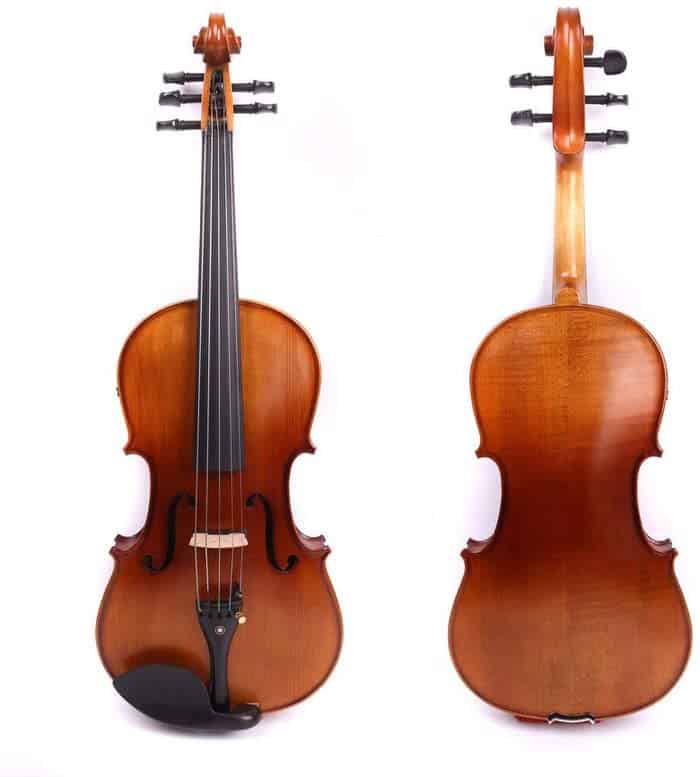
A five-string violin can be described as the best of both worlds. A five-string violin is a violin on which has been added a lower C string. It can cover the range of the viola plus the violin. As it is challenging to design and create a hybrid instrument that can sound well in both the lower and higher register, most of the time, 5-string violins are electric or electro-acoustic. That way, the electric amplification mitigates the weaknesses such an instrument could have sound-wise.
A quick History of the viola emerging as a separated instrument
The violin and viola can be considered the same instrument. The viola provides the same type of sound but lower. It is part of the string family of instruments. At that time, when synthetic and electronic music didn’t exist, we can envision the string section of an orchestra as one big instrument that the composer plays. The viola provides the middle range sound of that instrument.
Starting in the 18th century with notably Mozart, the viola began to have a life in itself and a dedicated repertoire.
Before that, it used to double the lines of the cello. Haydn, Mozart, and Gluck started to give the viola an independent and essential part.
From then on, the viola wasn’t just playing a filling-in role or an accompaniment part only. It started to be under the spotlight as well. With the Simfonia Concertante, Mozart gave an equal part to the viola as he did to the violin. That’s a stunning piece, a Masterpiece, where we can really feel and comprehend the difference between the two instruments.
The viola and its role in the orchestra compared to the violin
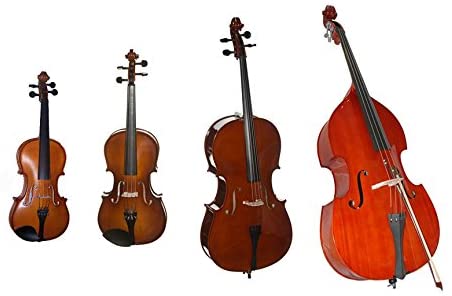
The viola plays an essential role in an orchestra. Violists traditionally sit in the middle of the orchestra, with the violins on the left (left for the audience) and cellists and bassists at the right of the stage.
Violists play in that middle part of the tonal range. Almost all smaller ensembles have violas as well. Quartets, quintets, sextets have violas as long as those small ensembles are string-related.
The viola can play a counter-point to the violin melody, respond to that melody, or play with the cellos. So it can be said that it is a polyvalent instrument. It is not a “me myself and I” type of instrument; a violist plays in a team and is everywhere. The music needs to be consolidated with a pulse, meat, and tone. Many musicians, even young, can go that route. It can correspond to the character of many children and, as such, can be a good choice for a career.
There is a smaller repertoire for the viola
Mozart Simfonia Concertante
Even though they play an equal role, the violin is more brilliant, more bright, more virtuosic.
The viola is so profound, so deep. Its voice is richer, darker, meatier. There is something so human in that voice, melancholic. On the other end of the spectrum, the violin is so bright, airy, divine. I let you judge by yourself. This piece alone provides a great explanation of the differences between the two instruments.
Haendel Halvorsen Passacaglia for violin and viola
This incredible piece showcases tremendous virtuosity for both instruments. In this well-known interpretation, Izaak Perlman and Pinchas Zukerman answer each other in a playful, conversational-type rendition. Pinchas Zukerman is a great example of a wonderful musician that successfully plays the violin and the viola and has worldwide notoriety on both instruments. He can adapt his playing without a hitch as his tour with Perlman has proved it to the world.
Their grand duo tour showcases great material for violin and viola as instruments on the same level. I can recommend the whole concert, as when I start to listen to these incredible musicians, I just can’t stop…
Transcribed violin pieces for viola
Maybe William Primrose pioneered it, as his interpretations were clearly outstanding. I have included a more modern rendition here, though, as Primrose’s videos are of lesser quality.
Here Pierre Lernert gives a great interpretation and personal transcription of the piece by Paganini.
Taking into account the technical difficulties of the caprice for violin, playing it on a viola is an incredible feat.

